INTRODUCTION
I just came back from Melaka last night and this is the first recipe I am trying to prepare.. I have eaten lots of cendol when I was young .. It was a bit dark greenish shade, translucent and soft but chewy snack. But the cendol that I have eaten is not the same as the one I tasted in Melaka which was a bit mushy and definitely not the texture I am looking for.. Possibly that is the characteristic of Melaka chendol, lighter colour but not chewy..
Having said that, I respect the fact the cuisines will vary regionally to suit the local taste buds.. i am not claiming that this is the best recipe but a recipe that are closer to what I have tasted during childhood days. This recipe provide a slightly chewy texture and it can be slightly bitter if too much of pandan leaves were used. However, such bitterness will not be obvious or being masked when eaten together with the sweet gula melaka syrup and coconut milk..
The shape of the cendol will depend on the mould you used to prepare. i have only a simple strainer to prepare and hence it is less smooth. However, if you have some cookie presser with simple holes, you can try as it will be much easier to be pressed. This set of pictures is also less attractive because I do not have shaved ice.. It is a challenge for me to prepare shave ice at home. I used a blender but the shave ice soon melted by the time I took my photo…
“Cendol /ˈtʃɛndɒl/ is a traditional dessert originating from Southeast Asia which is popular inIndonesia,Malaysia, Singapore,Brunei, Cambodia, Vietnam, Thailand and Burma. There is a popular belief in Indonesia that the name “cendol” is related to, and originated from, the word jendol, in reference to the swollen green worm-like rice flour jelly; in Javanese, Sundanese and Indonesian, jendol means “bump,” “bulge,”or “swollen.” In Vietnam, this worm-like rice flour concoction is called bánh lọt or “fall through cake”. Bánh lọt is a common ingredient in a Vietnamese dessert drink called chè, or more commonly chè ba màu. In Thailand it is called lot chong (Thai: ลอดช่อง) which can be translated as “gone through a hole”, indicating the way it is made by pressing the warm dough through a sieve into a container of cold water.[5]In Burma it is known as mont let saung or မုန့်လက်ဆောင်း. In Cambodia, it is known as lot. “(Source:http://en.wikipedia.org/wiki/Cendol)
WHAT IS REQUIRED
Cendol
- 100 grams of rice flour
- 50 grams of tapioca flour
- 10 grams of mung bean flour
- 600 grams or ml of water
- 1-2 drops of alkaline water or lye water (optional)
Gula Melaka Syrup
- 150 grams of gula Melaka
- 25 grams of brown sugar
- 3-4 pandan leaves
- 20 grams of water
- 3 Pandan Leaves
Coconut milk
- About 200 ml or grams of thick coconut milk (freshly squeezed coconut milk preferred)
- pinches of salt
- 3 Pandan leaves
STEPS OF PREPARATION
- In a pot, place the thick coconut milk, add pinches of salt and pandan leaves. Use low to medium heat and bring to boil. Once it boils, off the heat and let it cools. The purpose of this step is prevent the coconut milk from turning bad in hot weather and to reduce the gastro-intestinal gas production.
- Put all the ingredients for gula melaka syrup in a pan, boil under medium heat until it melts and slightly thickens to the consistency you like. Set aside for cooling.
- Get ready a pot of icy cold water and a strainer with big holes.
- Put all the flour in a pan that shall be used later for cooking the batter.
- Cut the Pandan leaves into small chunks, transfer to the blender, add 600 grams of water, blend until as fine as you can.
- Sift the pandan juice to the flour, add 2 drops of lye or alkaline water. Use a wooden spoon to stir until well mixed. Transfer the batter to the stove. Use medium heat to cook the batter until it thickens. Transfer the cooked cendol to the strainer, use the wooden spoon to press it down directly to the cold water.
- For servings, have some cendol, topped with lots of shaved ice, drizzle sparingly with the Gula Melaka syrup and thick coconut milk.. Best served when it is immediately prepared.
Note:
- To enhance the colour, drops of green colouring or pandan essence extract may be used. However, in this illustration, no coloring was added.
- The cooked batter in this illustration is slightly too thick. Therefore, I have adjusted the recipe to make it less thick and therefore easier for pressing. If you have a cookie press or mash potatoes presser, you can consider using that. Otherwise, transfer the cendol to a plastic piping bag, cut a small hole at the tip, and press the hot cendol directly into the cold water.
CONCLUSION
All cendol recipe are basically the same, finding the optimal mix of rice flour, tapioca flour and mung bean flour that give you the texture that you like. If you like it even more springy texture, reduce rice flour and add more tapioca flour. Variation of the Cendol shaved ice is many, you can add red beans or even durian to it.. In a house environment, of course we will lose out to what is sold outside because of the shaved ice but I am willing to compromise this as I know what I have used in the preparation.
Hope you like the post today. Cheers and have a nice day.
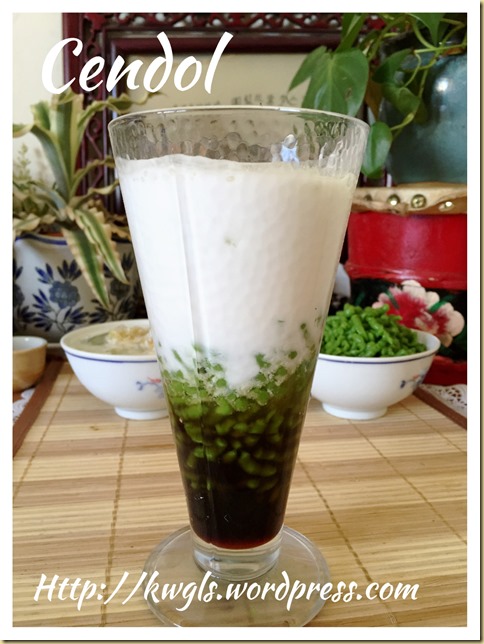

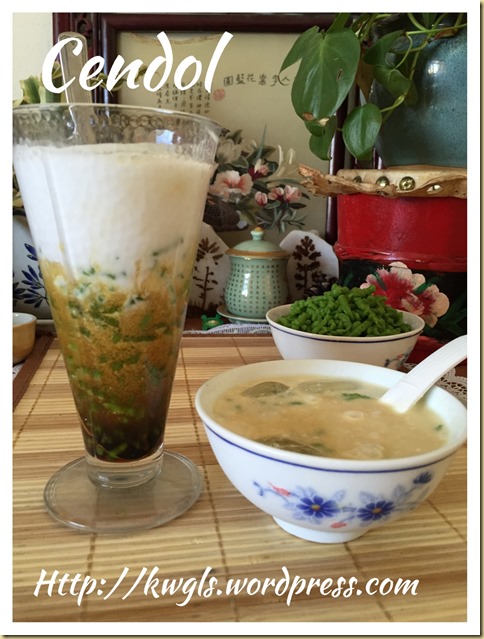
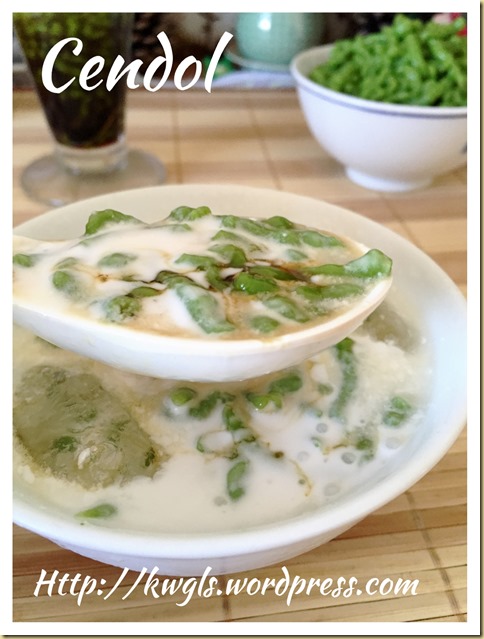
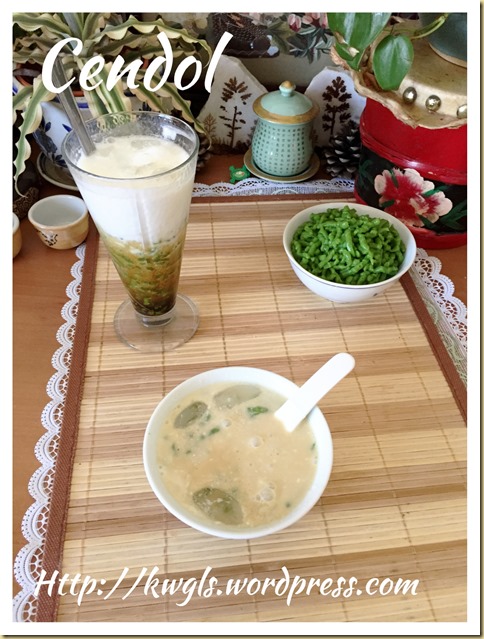

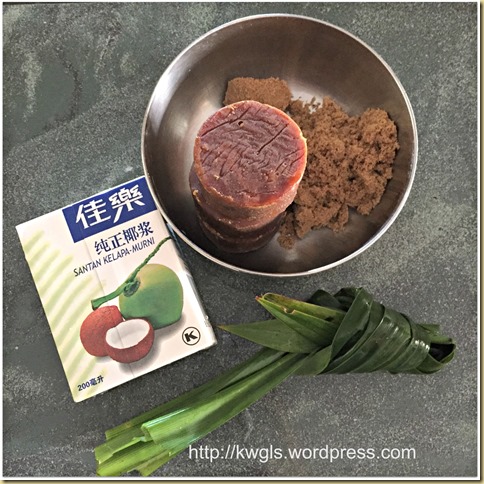




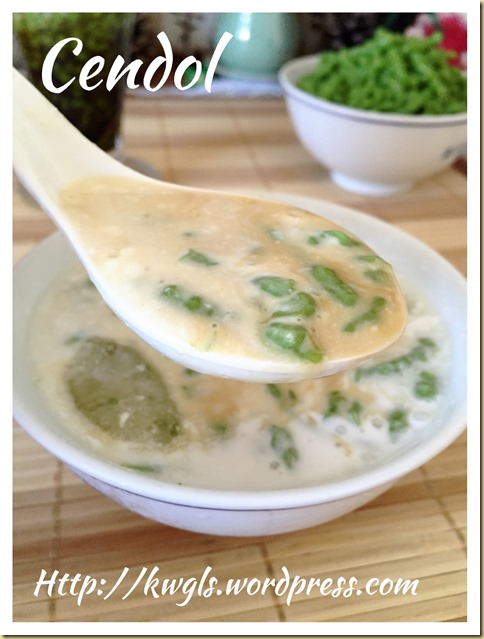

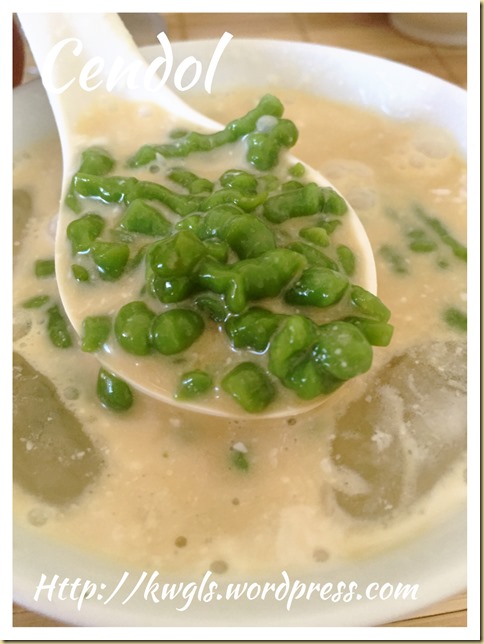

No comments:
Post a Comment